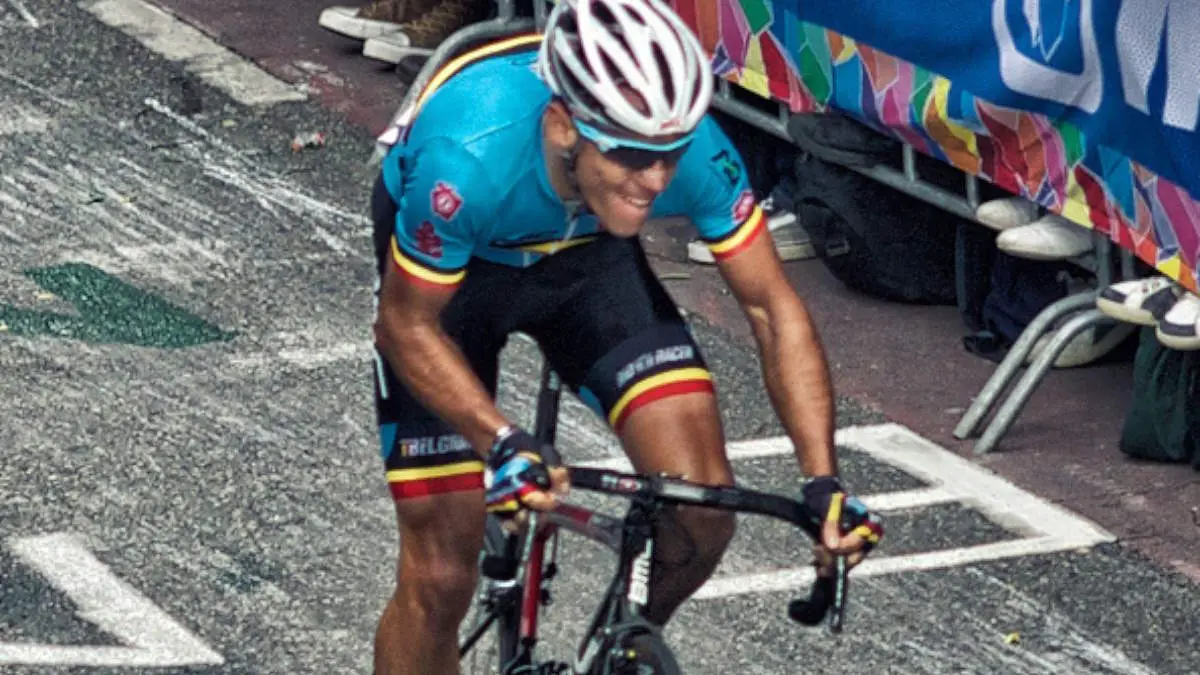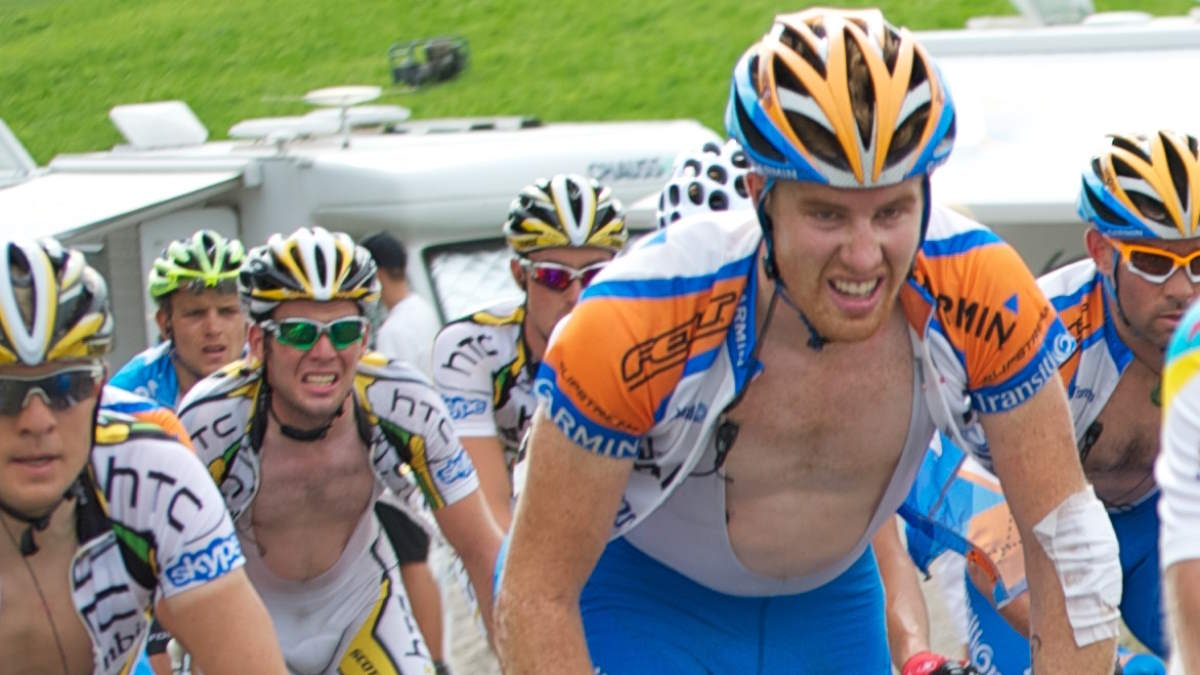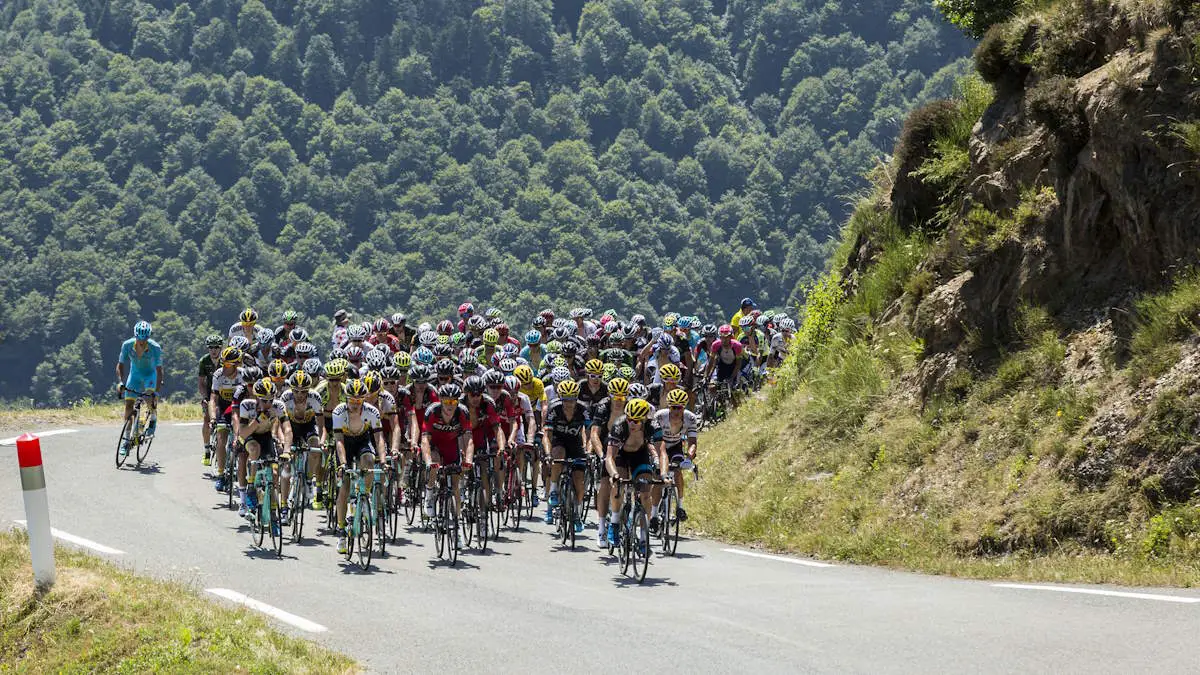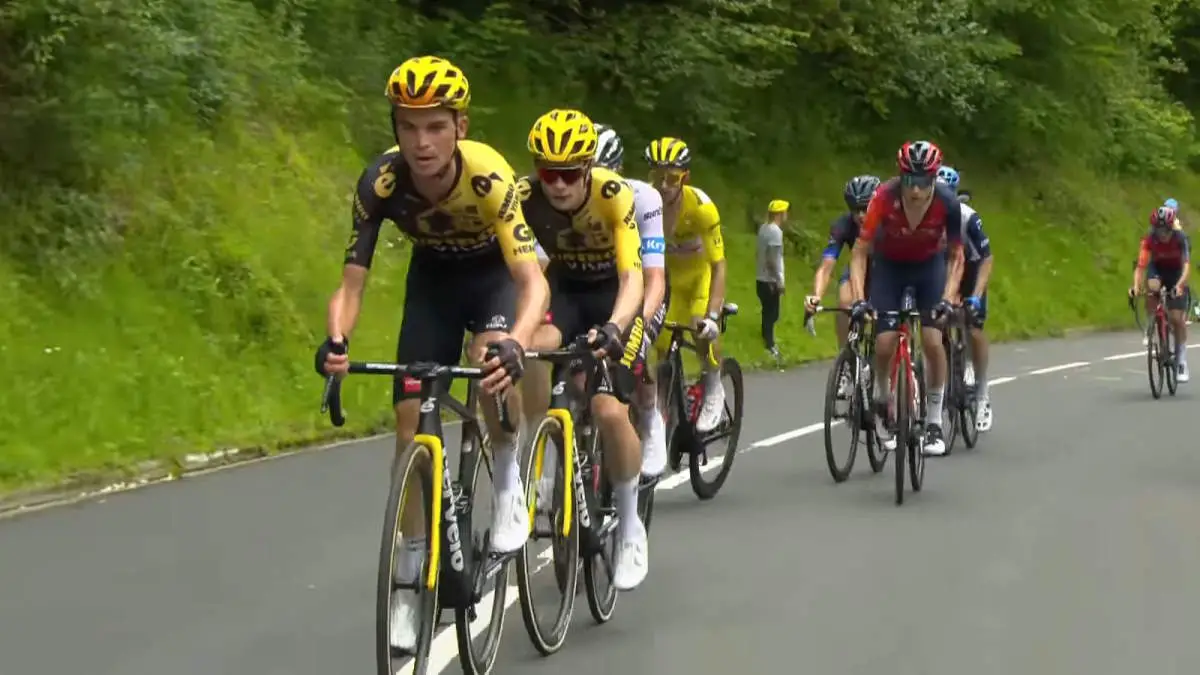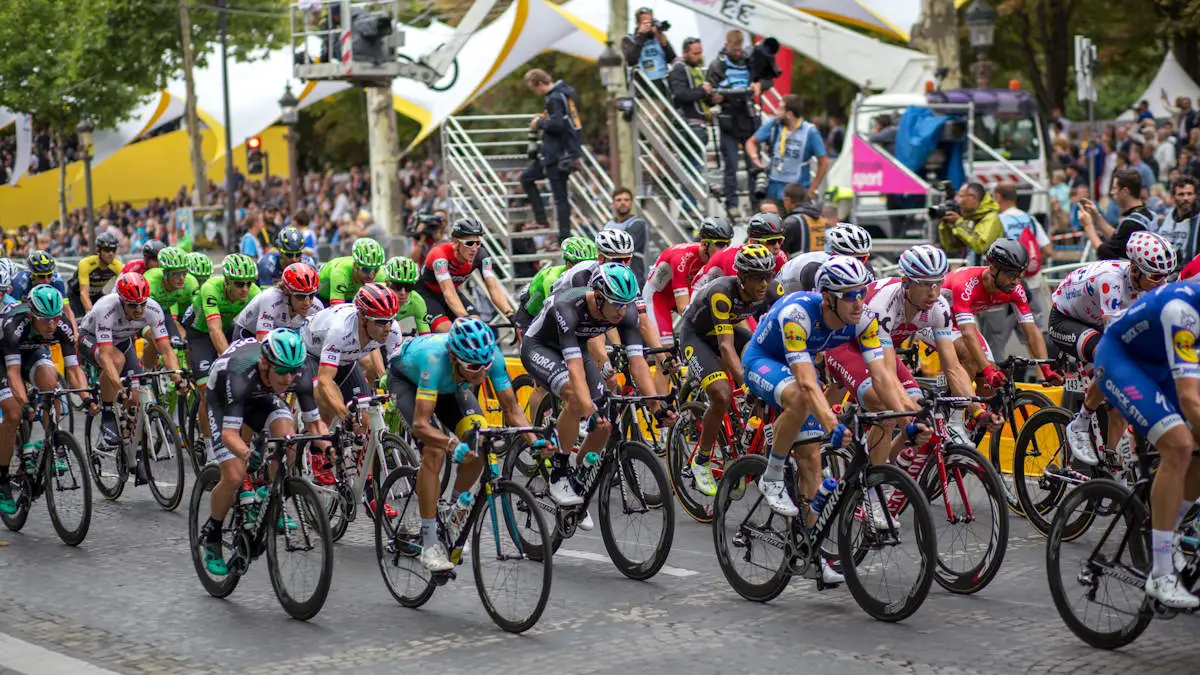In professional cycling, understanding the tactical interplay and roles within a team is crucial to comprehending the overall dynamics of the race. Among these roles, the job of a “satellite rider” is particularly interesting and instrumental in shaping the course of a race. Here we will explore the functions of a satellite rider, explain their strategic value, and illuminate their impact on the race.


